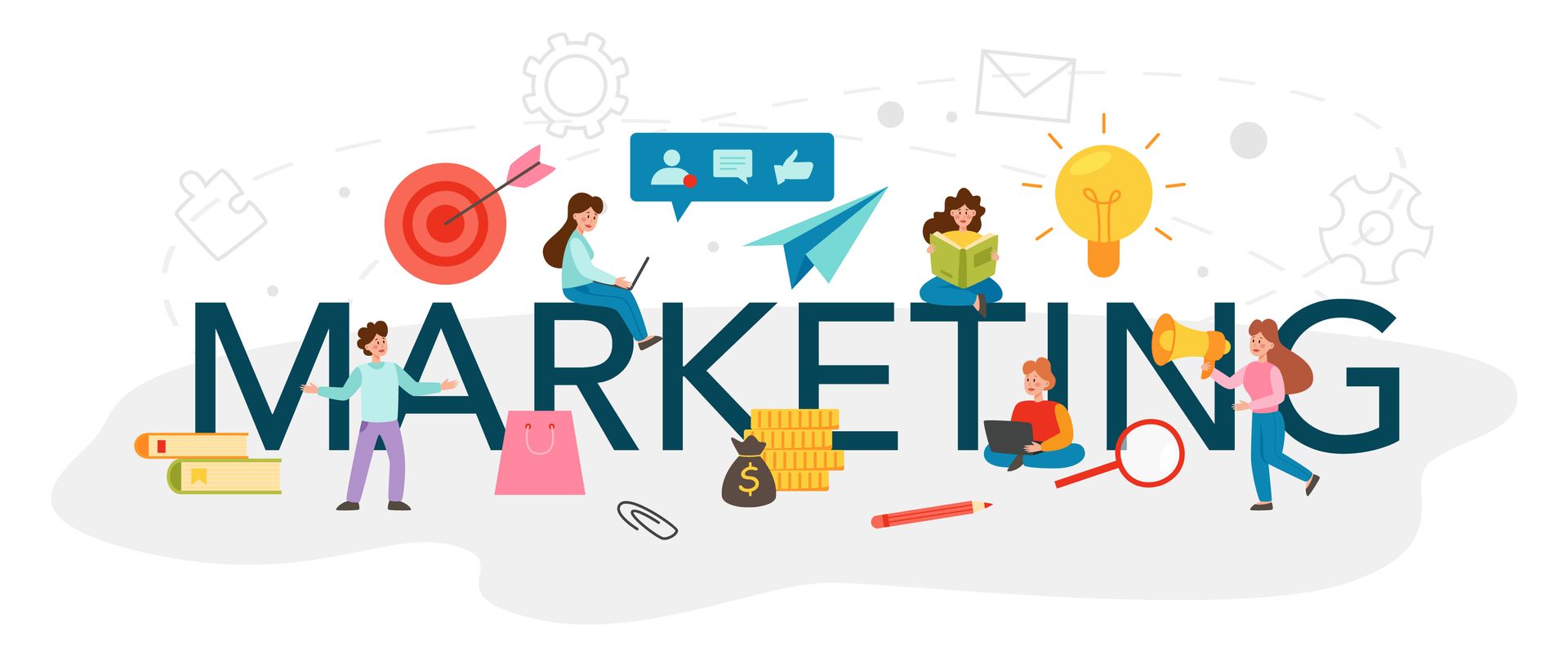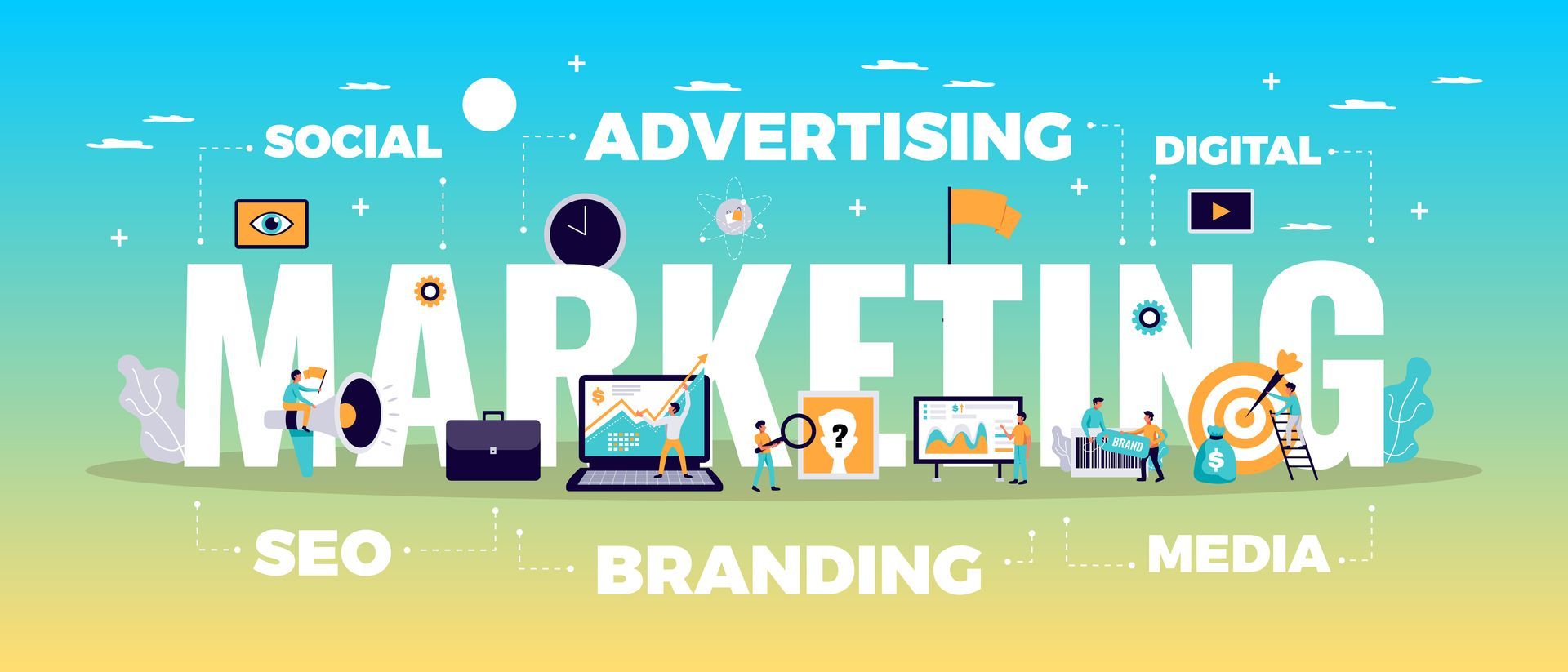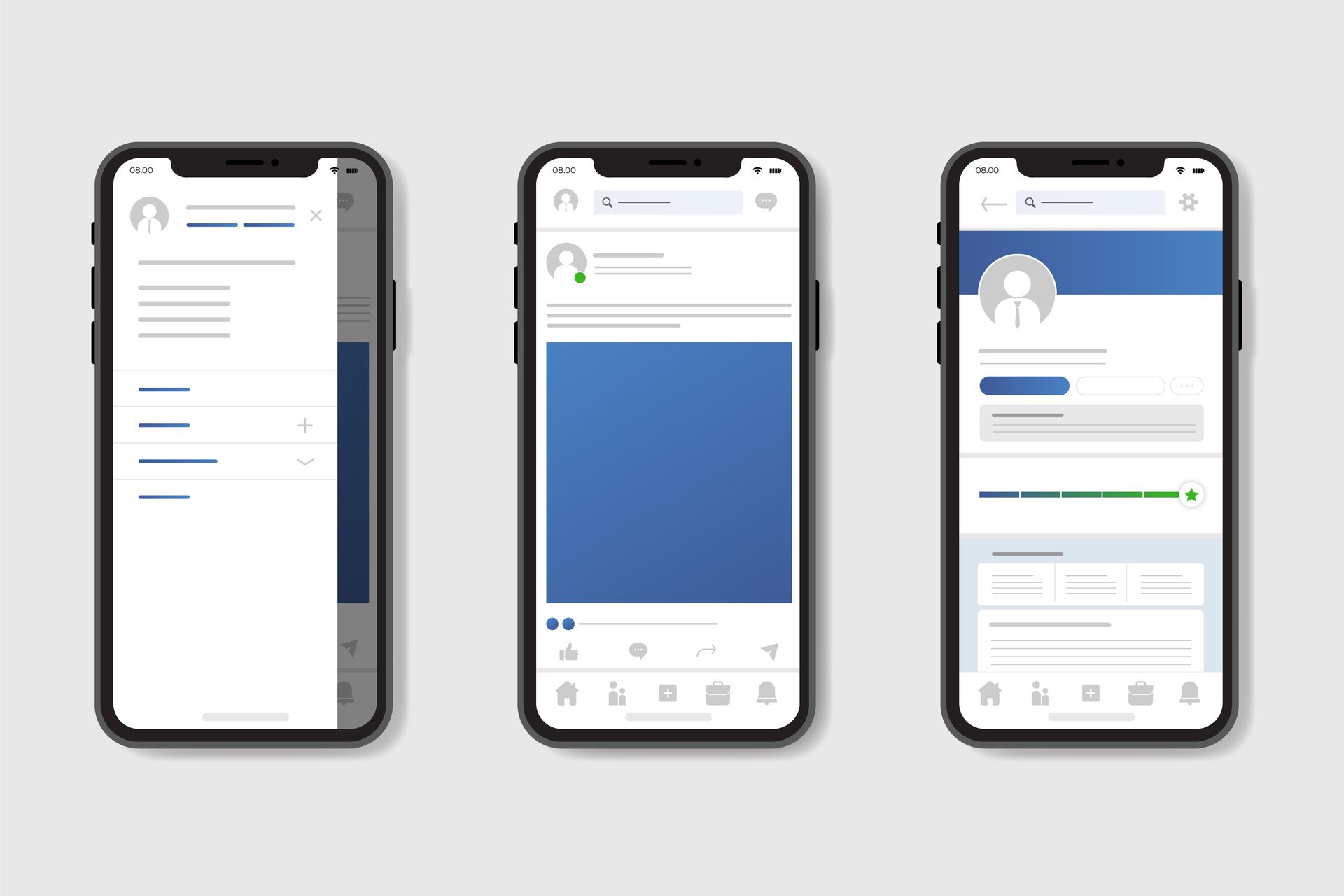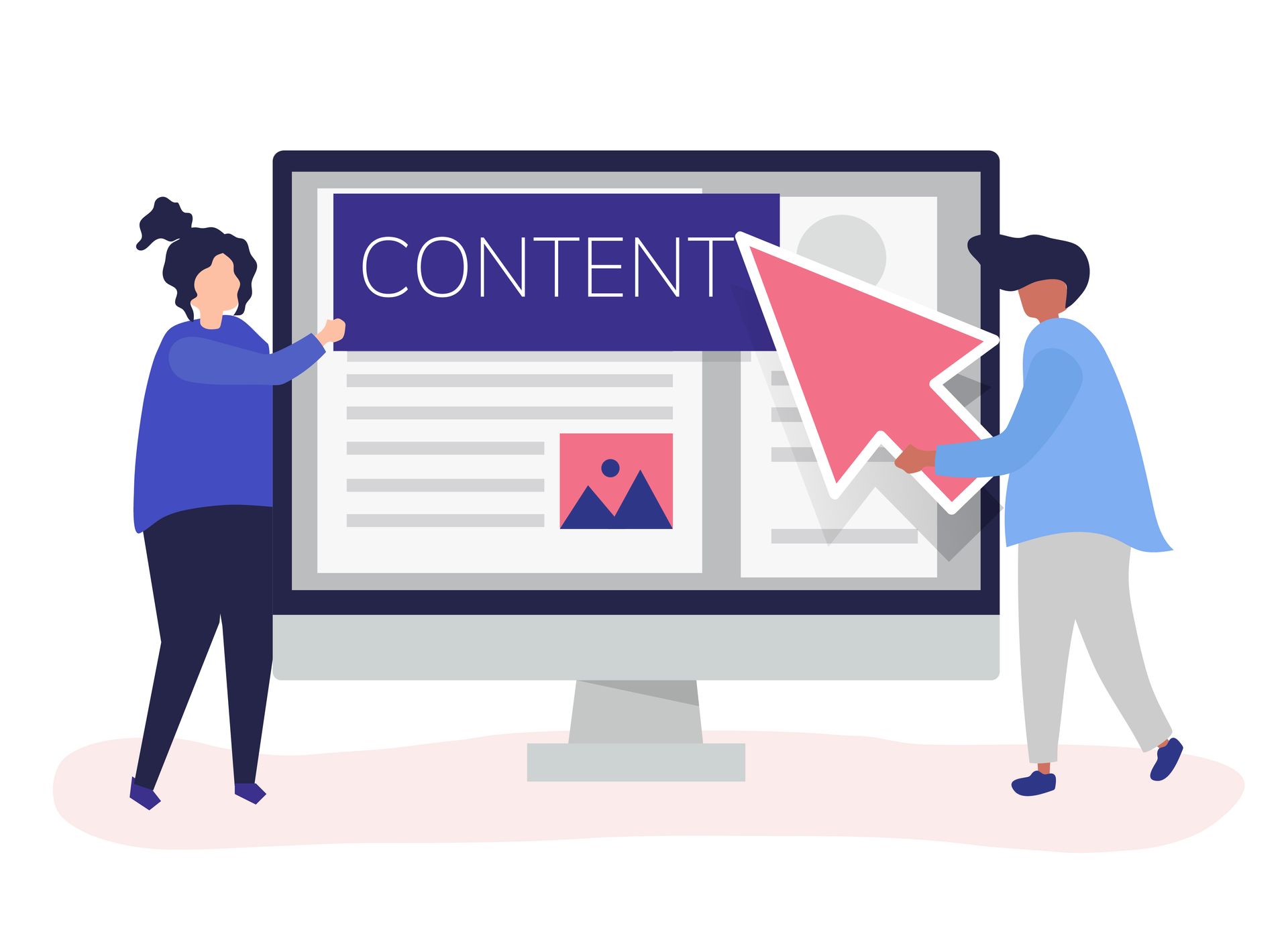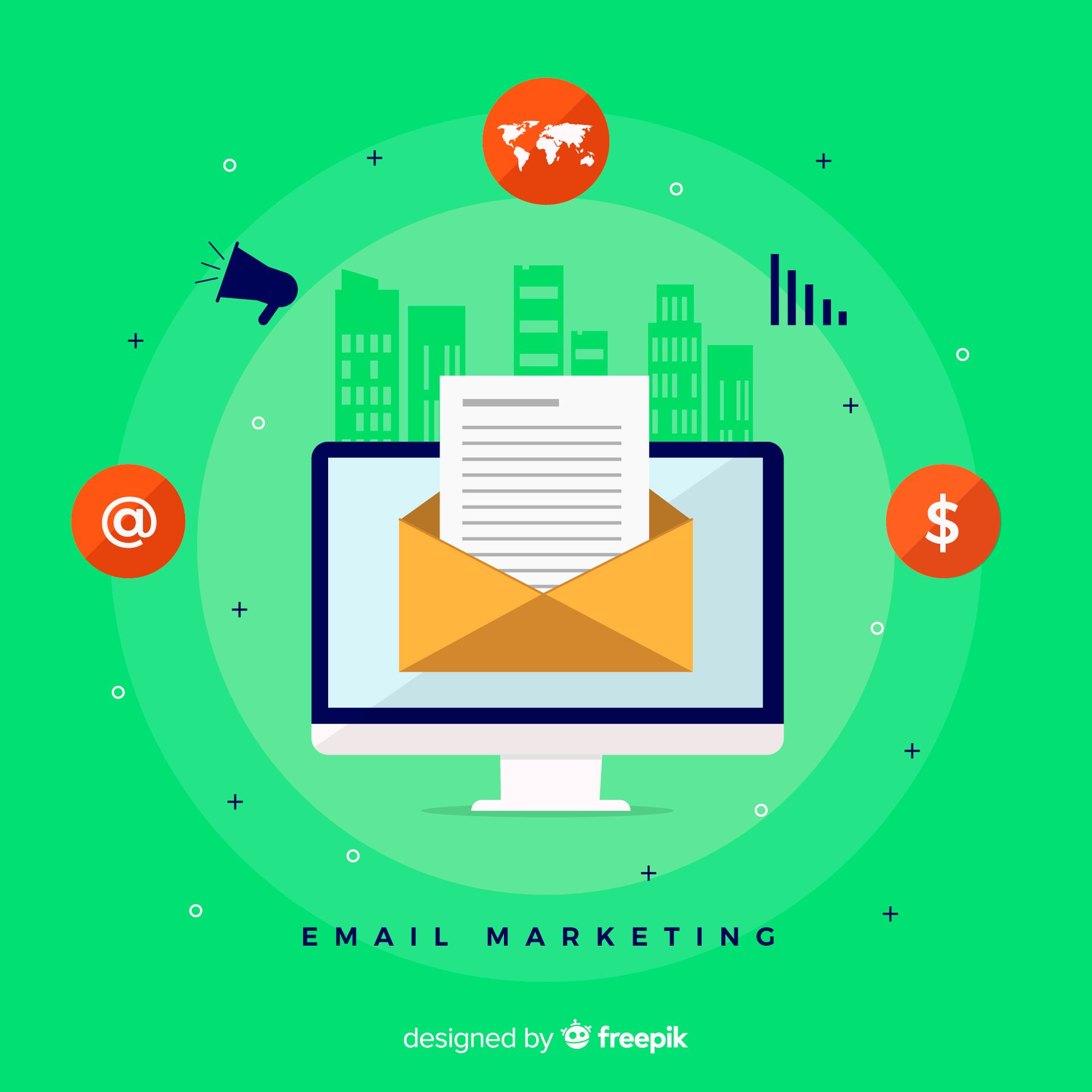How Important Is UX Design In The Success Of Travel Booking Platforms?
Key Takeaways:
- User Experience directly influences conversion rates; a well-designed platform encourages more bookings.
- Intuitive Navigation enhances user satisfaction, leading to repeat customers and positive word-of-mouth.
- Emotional Connection through appealing design can create trust and loyalty among users.
- Mobile Compatibility is necessary, as many travellers book on the go; a responsive design caters to diverse devices.
- Feedback Integration allows continuous improvement of the platform, aligning it with user needs and preferences.
The Role of UX Design in Travel Booking Platforms
A well-designed user experience (UX) is fundamental for the success of travel booking platforms. It not only influences user satisfaction but also affects conversion rates. When users find a platform visually appealing and easy to navigate, they are more likely to complete their bookings. Effective UX design ensures that the entire journey from searching for flights to confirming a reservation is seamless, ultimately leading to higher customer retention and loyalty.
Understanding User Needs and Preferences
For any travel booking platform, recognising user needs and preferences shapes the design process. Understanding what your audience seeks—whether it's specific destinations, budget constraints, or preferred travel dates—enables you to tailor the interface to provide relevant options. By conducting user research and feedback sessions, you can better align your offerings with user expectations, fostering a more engaging and personalised experience.
Creating Intuitive Navigation and User Interfaces
On a travel booking platform, intuitive navigation and user interfaces are vital for ensuring users can efficiently find and book their desired services. Simplifying the layout and enhancing interactive elements significantly improves user experience. When you ensure that imperative features, such as search filters and booking buttons, are easily accessible and clear, you reduce the likelihood of user frustration and drop-offs during the booking process.
Interfaces should be designed to guide users effortlessly through the booking journey. Less clutter and clear labelling can lead to quick navigation and increased satisfaction. Implementing responsive design ensures that your platform functions well across devices, meeting user preferences for mobile or desktop browsing. Additionally, using familiar UI patterns can enhance usability; when users intuitively understand how to interact with your platform, they are more likely to complete their bookings confidently.
Impact of UX Design on User Engagement
Even small improvements in UX design can significantly boost user engagement on travel booking platforms. By streamlining navigation and enhancing visual appeal, users are more likely to enjoy their experience, which encourages them to explore further. Incorporating
User-Centered Design in Travel Websites: Why UX/UI Matters helps ensure that your platform meets the specific needs and preferences of travellers, keeping them engaged and more likely to return.
Enhancing User Retention
Impactful UX design creates a seamless user experience that encourages visitors to return. When you provide an intuitive platform that meets user expectations, you increase their satisfaction and likelihood of choosing your service again.
Driving Repeat Bookings
Any travel booking platform that focuses on excellent UX design can drive repeat bookings. By optimising the user experience, you create a sense of loyalty, which is important in a competitive market. When users find a platform easy to navigate and enjoyable to use, they are more inclined to rebook for future trips.
Bookings made through well-designed interfaces lead to greater user satisfaction and a higher likelihood of repeat visits. Your design choices can significantly affect the emotions associated with the booking experience. When users encounter pain points like confusing navigation or slow load times, it can deter them from returning. Conversely, a smooth, enjoyable experience fosters trust and a positive relationship, making them more likely to choose your platform for their next adventure.
The Business Benefits of Good UX Design
Not only does good UX design enhance user satisfaction, but it also leads to a positive impact on your business. A well-structured and visually appealing interface helps create a seamless experience for your customers, ultimately fostering loyalty and brand recognition. When your users find your travel booking platform easy to navigate, they are more likely to complete their bookings and return for future travel plans. This ultimately drives your success and profitability in the competitive travel market.
Increasing Conversion Rates
Among the many factors influencing conversion rates, effective UX design plays a significant role in guiding customers through the booking process. An intuitive layout and clear calls-to-action can drastically reduce abandonment rates, making it easier for users to complete their transactions. When your platform meets the needs of your audience, they are far more likely to finalise their bookings, significantly increasing your revenue potential.
Reducing Customer Support Costs
Customer inquiries and complaints often stem from confusion or frustration with navigating your platform. By investing in a well-designed user experience, you can diminish these issues, resulting in fewer support tickets and inquiries. This not only leads to lower support costs but also allows your support team to focus on more complex issues that require their expertise.
At the same time, an intuitive UX minimises the chances of users encountering frustrating hurdles while navigating your site. Consequently, you will witness a substantial reduction in the volume of customer support calls related to booking issues. This efficiency not only saves you money but also enhances customer satisfaction, as users appreciate a platform that functions smoothly. Investing in UX design fosters a positive experience that can ultimately translate into significant financial savings for your business.
Common UX Design Challenges in Travel Booking
Despite the ever-evolving landscape of travel booking, various UX design challenges persist. Users expect seamless experiences that cater to their unique preferences, yet many platforms struggle to deliver intuitive interfaces. Factors such as the complexity of travel options and integration with third-party services can complicate the user journey, leading to frustration and increased abandonment rates.
Balancing Functionality and Simplicity
Travel booking platforms must strike a delicate balance between offering comprehensive functionality and maintaining an easily navigable interface. Overloading users with information can lead to confusion, while overly simplified designs may omit important features, hindering the booking process.
Meeting Diverse User Demographics
Designing for a diverse user base is important for travel booking platforms, as each customer comes with distinct preferences and needs. Consideration must be given to factors such as age, cultural background, and technological proficiency. By ensuring your design accommodates these differences, you enhance user satisfaction and loyalty.
Meeting the needs of diverse user demographics ensures inclusivity in your design approach. Creating accessible interfaces that address language barriers, cultural nuances, and varying levels of tech-savviness can significantly enhance the user experience. Implementing features such as multi-language support and straightforward navigation aids can cater to a broader audience, ultimately leading to increased bookings and customer retention.
Case Studies of Successful UX Implementation
After examining various travel booking platforms, notable case studies highlight the impact of user experience on success:
- Airbnb: Increased bookings by 30% due to streamlined user interface and personalised recommendations.
- Booking.com: Achieved a 20% reduction in cart abandonment through simplified checkout processes.
- Skyscanner: Enhanced user engagement by 25% after implementing responsive design for mobile users.
- Expedia: Boosted customer satisfaction scores by 15% owing to improved navigation and search functions.
Analysis of Leading Travel Booking Platforms
Before submerging into case studies, it's crucial to analyse leading travel booking platforms that have successfully integrated UX design to drive user satisfaction and conversion rates. These platforms prioritise user-centric features, ensuring intuitive navigation and easy access to information.
Lessons Learned from UX Failures
Platforms often face challenges due to poor UX design, leading to decreased user trust and reduced bookings.
To avoid potential pitfalls, it’s vital to analyse past failures. For instance, platforms with complex navigation or slow loading times often experience user drop-offs, resulting in lost revenue. An increase in customer complaints correlates with a lack of mobile optimisation and unresponsive designs. The key takeaway is that effective UX not only enhances user satisfaction but also fosters brand loyalty. By staying attuned to user feedback and continuously iterating on design, you can significantly improve your platform's performance and success in the competitive travel industry.
Future Trends in UX Design for Travel Booking
Keep an eye on emerging trends in UX design, as they will shape the future of travel booking platforms. Innovative solutions such as artificial intelligence, personalisation, and immersive technologies are set to redefine how travellers interact with booking systems. By staying informed and adaptable, you can ensure your platform remains relevant and user-friendly.
The Influence of AI and Personalisation
Future advancements in AI and personalisation will transform user experiences on travel booking platforms. You can expect tailored recommendations based on user behaviour and preferences, enabling a much more engaging and efficient booking process. This level of personalisation fosters increased customer satisfaction and loyalty.
Embracing Mobile-First Design
Embracing mobile-first design is key to meeting the demands of modern travellers in today's digital landscape. As you optimise your platform for mobile use, you'll ensure a smoother and more intuitive experience for users navigating on the go.
Indeed, implementing a mobile-first approach allows you to cater to the growing number of users who rely on their smartphones for travel bookings. This not only enhances user engagement but also increases the likelihood of conversions. With responsive design and fast loading times, your platform will provide a seamless experience, significantly improving user satisfaction and fostering repeat business in an increasingly competitive market.
Summing up
Following this, it is clear that UX design holds significant weight in the success of travel booking platforms. By prioritising intuitive navigation, responsive elements, and engaging visuals, you can create a seamless experience that encourages user loyalty and increases conversion rates. The more effectively you cater to your users’ needs and preferences, the more likely they are to return and recommend your services to others. Thus, investing in thoughtful UX design is not just beneficial but crucial for thriving in the competitive landscape of travel bookings.
FAQ
Q: How does UX design impact user retention on travel booking platforms?
A: A well-considered UX design significantly enhances user retention by creating an intuitive and enjoyable experience. When users find a platform easy to navigate, with clear information and a seamless booking process, they are more likely to return for future travel needs. A positive experience fosters loyalty, encouraging users to choose the same platform for subsequent bookings.
Q: What role does UX design play in simplifying complex travel choices?
A: Travel booking involves navigating through a myriad of options such as flights, accommodations, and transportation. Effective UX design presents this information in a clear and organised manner, allowing users to filter and compare choices easily. By minimising confusion and providing helpful visual cues, strong UX design aids users in making informed decisions without feeling overwhelmed.
Q: Can good UX design lead to increased sales for travel booking platforms?
A: Yes, enhanced UX design can directly contribute to increased sales. By reducing friction in the booking process and making it more efficient, users are more likely to complete their transactions. Features like one-click booking, simplified checkout processes, and personalised recommendations can significantly uplift conversion rates, ultimately boosting sales for the platform.
Q: How does UX design influence the first impression of a travel booking platform?
A:
The first impression is vital in the competitive travel industry, and UX design plays a key role in shaping this experience. An aesthetically pleasing, well-structured interface instils trust and confidence in potential customers. If users find the platform visually appealing and easy to navigate, they are more likely to explore the offerings rather than abandon the site for competitors.
Q: What are some common UX design pitfalls that can affect travel booking platforms?
A: Common pitfalls include overcomplicating the interface, lacking mobile optimisation, and ignoring user feedback. A cluttered design can hinder navigation, while poor mobile functionality alienates users who prefer to book on their smartphones. Additionally, failing to incorporate user feedback can lead to missed opportunities for improvement, resulting in a subpar user experience that detracts from customer satisfaction and growth.




